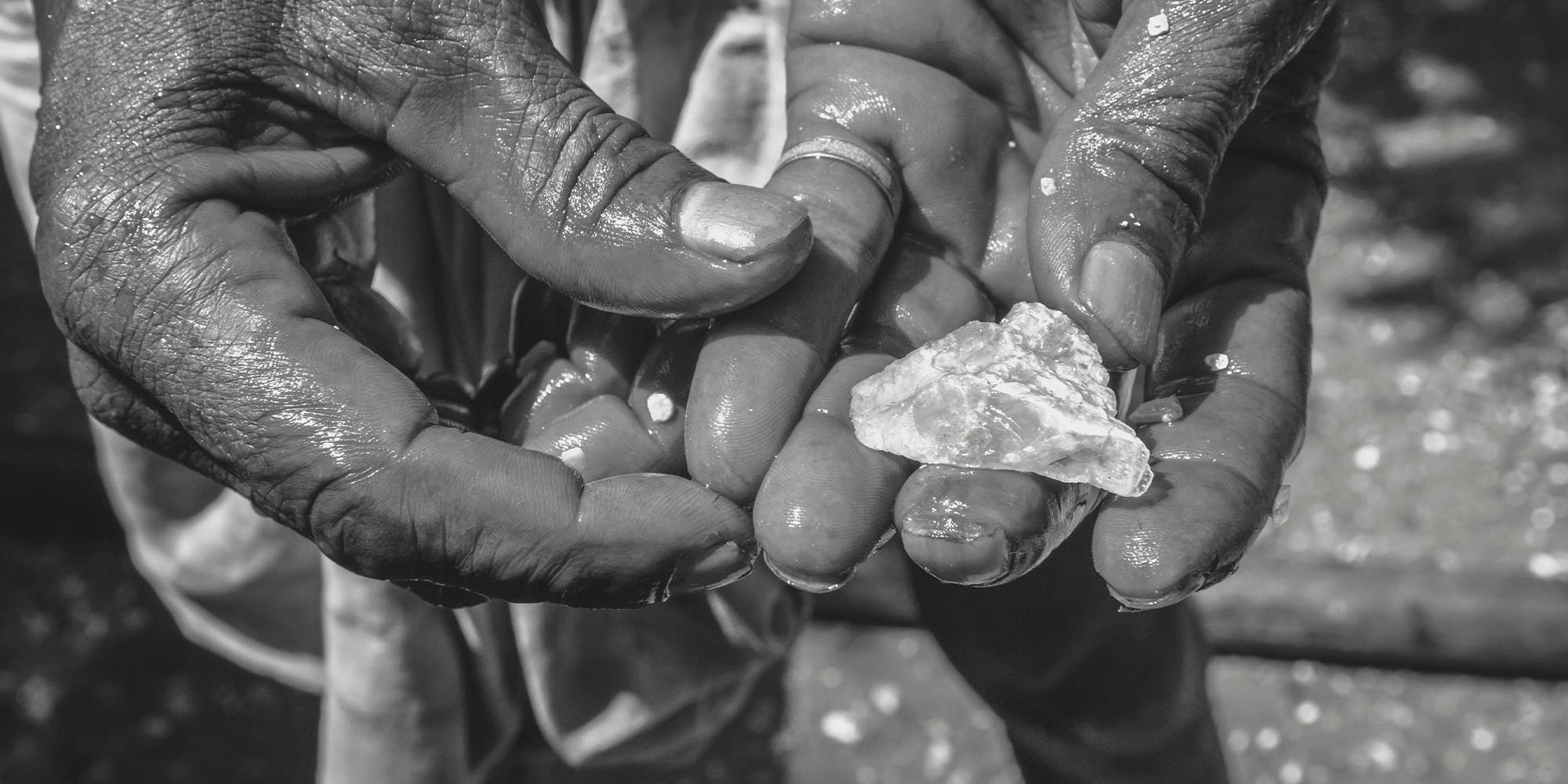
The Creation of Diamonds
Around 900 million to 3.2 billion years ago, diamonds were formed 150 to 200 kilometers below the earth's surface under extreme pressure and high temperatures. In these perfect conditions, carbon atoms, floating freely in the magma of the Earth's upper mantle, crystallized into diamonds.
Cataclysmic volcanic eruptions brought these crystallized diamonds to the surface in the form of igneous rocks called kimberlites, which typically form a cone-shaped formation that can form a tube that can serve as a commercial diamond mine.
The retreating glaciers deposited the diamonds and associated indicator minerals throughout northern North America, in some cases ending up more than 500km from the receiving kimberlite tubes. Geologists are searching for new kimberlite tubes by looking for concentrations of indicator minerals such as garnet, olivine, ilmenite and diopside, which are also formed in Earth's upper mantle and are also found in kimberlite.
Diamonds mined in Canada were brought to the surface 45-60 million years ago. The discovery of diamonds in Canada represents an unprecedented feat of geological exploration and perseverance.











